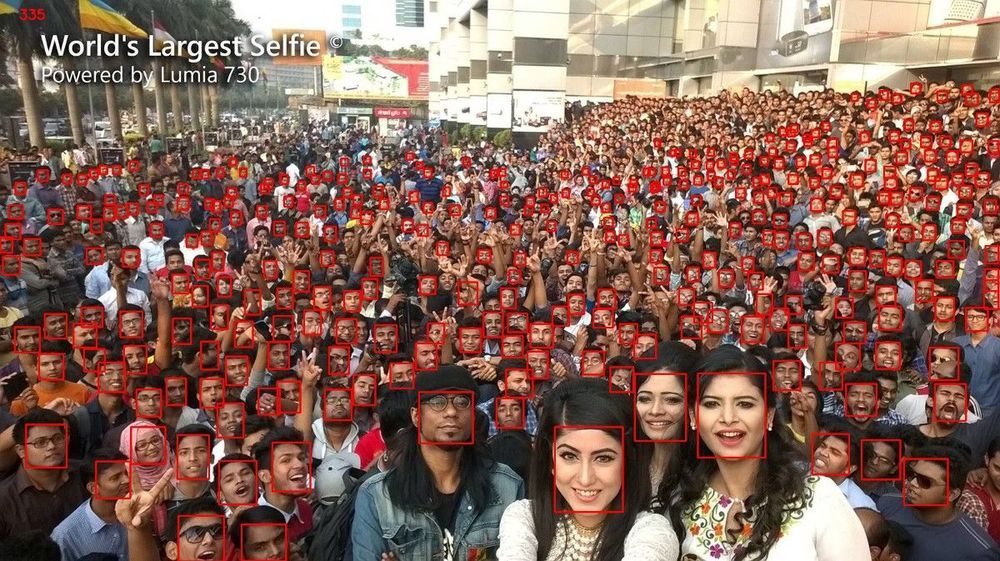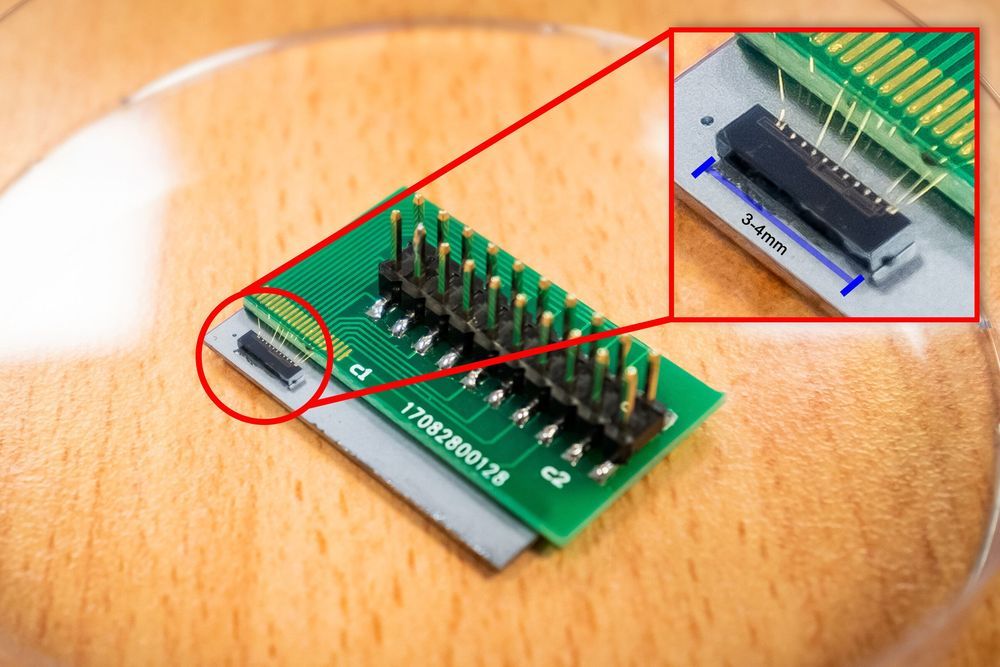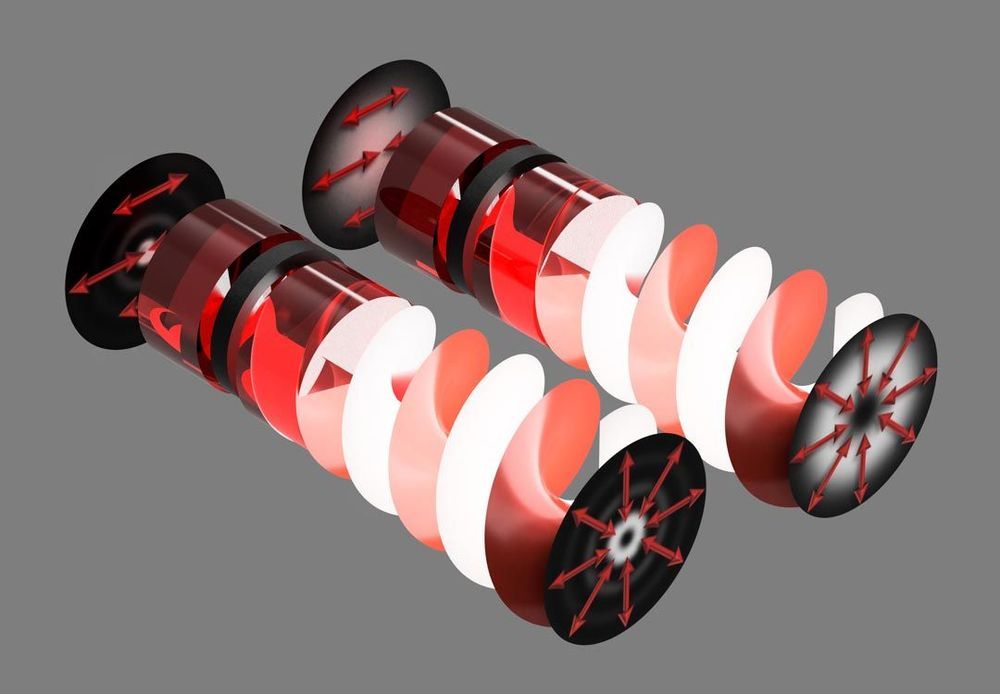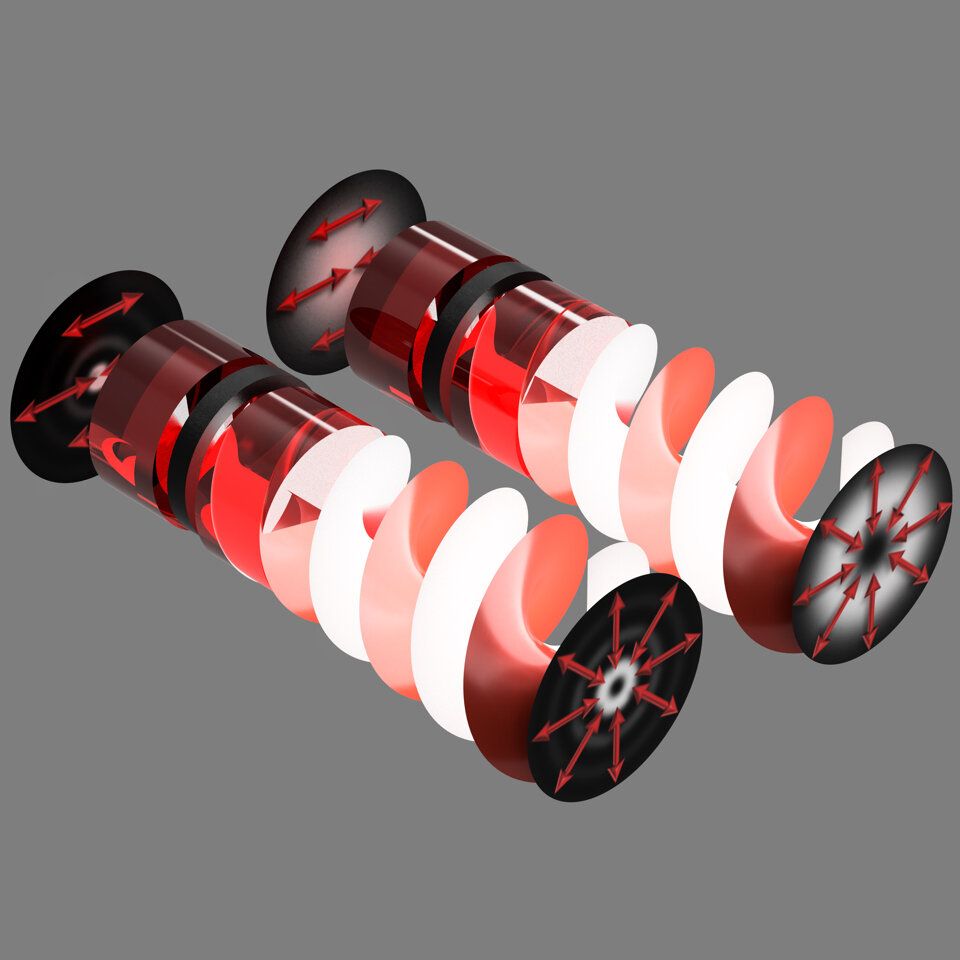Vulnerabilities in the Google Camera app left hackers able to take photos, and silently record audio and video, even when the phone was locked.



FAQ Timeline Dashboard Multimedia Exhibit A new abnormal: It is still 2 minutes to midnight 2019 Doomsday Clock Statement Science and Security Board Bulletin of the Atomic Scientists Editor, John Mecklin From the President | Full Statement | Board Biographies | About the Bulletin | Clock Timeline PDF version | Print this … Continued.
David Opateyibo was 17 years old when he built Nigeria’s first locally-made drone in Lagos.
Opateyibo led a team of Lagos State Polytechnic students to produce the country’s first prototype of a drone, which authorities in Lagos hope to deploy for security surveillance.
The drone project is part of the training curriculum in the University with the aim of developing technology that will be at par with the rest of the world whilst empowering young people and providing job opportunities.

Although mobile devices were not designed to run compute-heavy AI models, in recent years AI-powered features like face detection, eye tracking, and voice recognition have all been added to smartphones. Much of the compute for such services is done on the cloud, but ideally these applications would be light enough to run directly on devices without an Internet connection.
In this spirit of “smaller is better,” Shanghai-based developer “Linzai” (GitHub user name @Linzaer) recently shared a new lightweight model that enables real-time face detection for smartphones. The “Ultra-Light-Fast-Generic-Face-Detector-1MB” is designed for general-purpose face detection applications in low-power computing devices and is applicable to both Android and iOS phones as well as PCs (CPU and GPU). The project has garnered a whopping 3.3k Stars and over 600 forks on GitHub.
Facial recognition technology is widely applied in security monitoring, surveillance, human-computer interaction, entertainment, etc. Detecting human faces in digital images is the first step in facial recognition, and an ideal face detection model can be evaluated by how quickly and accurately it performs.


Researchers at Nanyang Technological University, Singapore (NTU Singapore) have developed a quantum communication chip that is 1,000 times smaller than current quantum setups, but offers the same superior security quantum technology is known for.
Most leading security standards used in secure communication methods—from withdrawing cash from the ATM to purchasing goods online on the smartphone—does not leverage quantum technology. The electronic transmission of the personal identification number (PIN) or password can be intercepted, posing a security risk.
Roughly three millimeters in size, the tiny chip uses quantum communication algorithms to provide enhanced security compared to existing standards. It does this by integrating passwords within the information that is being delivered, forming a secure quantum key. After the information is received, it is destroyed along with the key, making it an extremely secure form of communication.

Structured light is a fancy way to describe patterns or pictures of light, but deservedly so as it promises future communications that will be both faster and more secure.
Quantum mechanics has come a long way during the past 100 years but still has a long way to go. In AVS Quantum Science, from AIP Publishing, researchers from the University of Witwatersrand in South Africa review the progress being made in using structured light in quantum protocols to create a larger encoding alphabet, stronger security and better resistance to noise.
“What we really want is to do quantum mechanics with patterns of light,” said author Andrew Forbes. “By this, we mean that light comes in a variety of patterns that can be made unique — like our faces.”

Hard light computers could be exponential.
Structured light is a fancy way to describe patterns or pictures of light, but deservedly so as it promises future communications that will be both faster and more secure.
Quantum mechanics has come a long way during the past 100 years but still has a long way to go. In AVS Quantum Science researchers from the University of Witwatersrand in South Africa review the progress being made in using structured light in quantum protocols to create a larger encoding alphabet, stronger security and better resistance to noise.
“What we really want is to do quantum mechanics with patterns of light,” said author Andrew Forbes. “By this, we mean that light comes in a variety of patterns that can be made unique—like our faces.”
We face complexity, ambiguity, and uncertainty about the future consequences of cryptocurrency use. There are doubts about the positive and negative impacts of the use of cryptocurrencies in the financial systems. In order to address better and deeper the contradictions and the consequences of the use of cryptocurrencies and also informing the key stakeholders about known and unknown emerging issues in new payment systems, we apply two helpful futures studies tools known as the “Future Wheel”, to identify the key factors, and “System Dynamics Conceptual Mapping”, to understand the relationships among such factors. Two key scenarios will be addressed. In on them, systemic feedback loops might be identified such as a) terrorism, the Achilles’ heel of the cryptocurrencies, b) hackers, the barrier against development, and c) information technology security professionals, a gap in the future job market. Also, in the other scenario, systemic feedback loops might be identified such as a) acceleration of technological entrepreneurship enabled by new payment systems, b) decentralization of financial ecosystem with some friction against it, c) blockchain and shift of banking business model, d) easy international payments triggering structural reforms, and e) the decline of the US and the end of dollar dominance in the global economy. In addition to the feedback loops, we can also identify chained links of consequences that impact productivity and economic growth on the one hand, and shift of energy sources and consumption on the other hand.
Watch the full length presentation at Victor V. Motti YouTube Channel